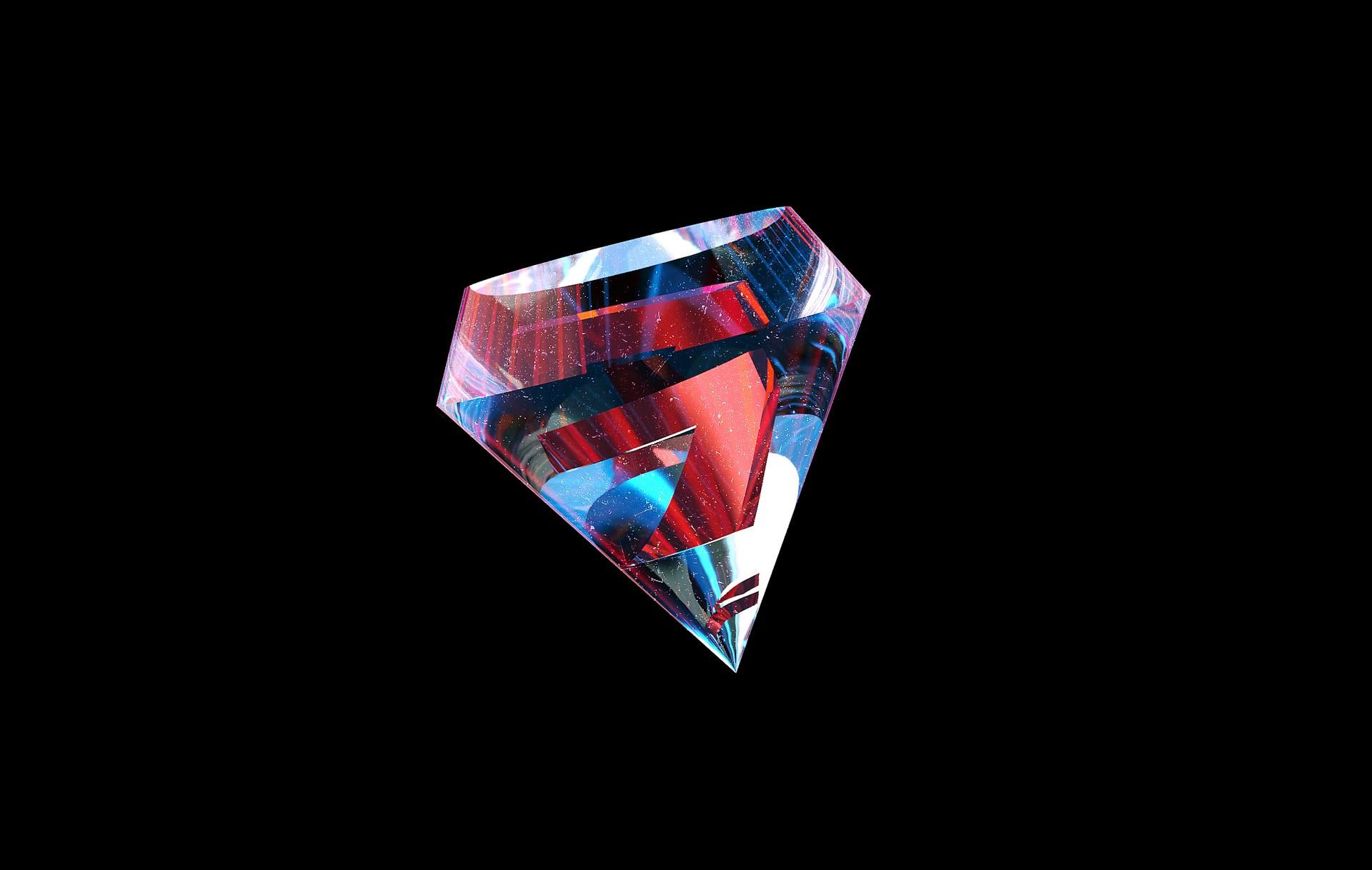Chapters
Wilkie Collins' The Moonstone is often celebrated as a pioneering work in the detective fiction genre and referred to as the first ever detective novel, but its success is also deeply rooted in the author's masterful use of language.
Collins employs a range of narrative techniques and symbolism to create a compelling and multi-layered narrative. In this blog post, we will examine the various aspects of the language in The Moonstone to help students who are studying the book.

Narrative Style
One of the most distinctive features of The Moonstone is its slightly different narrative structure. Collins uses multiple narrators in an Epistolary novel, each with their own perspective on the events surrounding the theft of the Moonstone diamond. This multi-narrator technique, which mimics legal testimonies or depositions, allows readers to experience the story from several viewpoints, creating a sense of mystery and suspense.
A novel told through multiple characters using letters or other documentation
The novel opens with the narrative of Gabriel Betteredge, the Verinder family steward, whose account has a conversational tone and a sense of humour. Betteredge frequently digresses, shares personal anecdotes, and often refers to his beloved Robinson Crusoe, which he treats as a source of wisdom and guidance. As Betteredge himself says, “I have found it my friend in need in all the necessities of this mortal life. When my spirits are bad — Robinson Crusoe. When I want advice — Robinson Crusoe. In past times, when my wife plagued me; in present times, when I have had a drop too much — Robinson Crusoe” (Chapter 6).
This reliance on Robinson Crusoe gives his narrative a unique flavour, blending light-heartedness with a sense of sincerity and moral grounding.
Subsequent narrators, such as Miss Clack, Franklin Blake, and Ezra Jennings, each bring their distinct voices to the narrative. Miss Clack’s account is infused with a comically self-righteous tone, filled with moralistic commentary and religious zeal.
"I am not a worldling; I am not, as the worldly phrase goes, 'a lady who leads.' No, indeed! I follow my own humble way in my own humble walk of life"
Her tone and tendency to impose her moral views on others serve as a form of social satire, exposing the hypocrisy of Victorian religious zealotry.
Franklin Blake’s narrative is more straightforward and rational, reflecting his analytical mindset and his determination to solve the mystery of the Moonstone. In contrast, Ezra Jennings' account is marked by introspection and melancholy, as he reveals his feelings of social alienation and his struggle with terminal illness:
"I am a man hunted by his own self; pursued, dogged, tracked without mercy, by the persistent phantom of what I was"
The varied narrative styles not only provide different perspectives on the same events but also contribute to the novel's exploration of subjective truth and the complexity of human experience.
Dialogue

Collins uses dialogue in The Moonstone not only to advance the plot but also to reveal character traits and relationships. The dialogue is lively and reflects the social and cultural context of the Victorian era, with characters speaking in ways that reflect their backgrounds, personalities, and motivations.
Sergeant Cuff, the detective hired to investigate the theft, speaks in a measured, calm manner that reflects his methodical approach to crime-solving. His language is concise and direct, revealing his sharp mind and confidence. For example, when he says, “I have never met with such a thing as a trifle yet. It is always a clue to something more important,” (Chapter 13) he displays his belief in the significance of every detail, no matter how small.
Cuff’s dialogue underscores his professional demeanour and analytical skills, which contrasts with the more emotional and potentially knee-jerk responses of the other characters.
In contrast, Miss Clack's dialogue is verbose and filled with religious platitudes. She often interrupts conversations with unsolicited moral advice or religious pamphlets. At one point, she describes how she attempts to save souls through distributing religious tracts:
"I seized the precious opportunity of winning him over with some serious reflections suitable to his situation. I put a tract, entitled 'A Word With You on Your Way to the Tomb,' in his hand"
Her dialogue reflects her intrusive nature and moral superiority complex, providing a humorous counterpoint to the other characters’ more grounded perspectives.
Imagery
Collins employs impressive imagery throughout The Moonstone to create atmosphere and enhance the novel's themes. The imagery often reflects darkness and the unknown, central to the story's suspenseful plot.

Light and darkness are recurring images that underscore the themes of hidden truths and the search for knowledge. The Moonstone diamond itself is described in terms of its brilliance and its shifting colours. Franklin Blake describes it as “glowing in the night like a star in the sky” (Chapter 2). This imagery not only highlights the gem's beauty but also its danger and mystique, suggesting that its allure comes at a high cost.
Water imagery is also significant in the novel, especially in relation to Rosanna Spearman. Her association with water, she is often seen near the Shivering Sand, a dangerous stretch of quicksand, reflects her inner turmoil and secrets. Rosanna herself speaks of the Shivering Sand as “the place where my sins have been washed away” (Chapter 15). This is using water as a metaphor for her guilt and desire for redemption. Her eventual death by drowning serves both as a literal event and a symbol of her inability to escape the emotional burdens that weigh her down.
Symbolism
Symbolism plays a critical role in The Moonstone, with the diamond serving as the most prominent and obvious symbol. The Moonstone represents various themes: colonial exploitation, greed, and the moral consequences of desire.
Stolen from an Indian temple by Colonel Herncastle, the diamond is described as “the invaluable Diamond which ought to have been devoted to the service of a deity, and which has been made the instrument of human crime”. This highlights the idea that the diamond is tainted by its violent extraction and misuse, embodying the guilt and moral corruption of its possessors.
The curse associated with the Moonstone – that it will bring misfortune to anyone who takes it from its rightful place – symbolises the destructive consequences of colonial greed. The Brahmins who follow the diamond to England are not merely villains but figures of retribution, representing a form of justice for the wrongs done by colonial powers. This is evident in their relentless pursuit of the diamond, regardless of the risks:
“The vengeance of the God of the Moon was invoked on the presumptuous mortal who laid hands on the sacred gem”
Other symbols in the novel include Gabriel Betteredge's beloved Robinson Crusoe. Betteredge treats this book as a moral compass and a source of comfort. He states, “I turned to Robinson Crusoe, as I have all my life, for help; and found myself, with the night, sinking back again into the book, as the safest place in the world” (Chapter 8). His reliance on Robinson Crusoe symbolises his desire for stability and order amidst the chaos of the mystery.
Questions
What do you think The Moonstone itself represents?
Why does the author include references to Robinson Crusoe?












